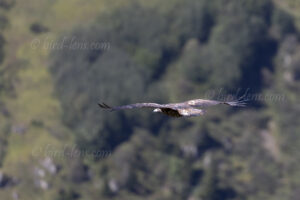 As the first light of dawn paints the sky in shades of pink and orange, a small group of intrepid bird watchers gather at the entrance to Stelvio National Park. Armed with binoculars, cameras and a shared passion for the winged inhabitants of this Alpine paradise, they embark on a journey into the heart of the Stelvio.
As the first light of dawn paints the sky in shades of pink and orange, a small group of intrepid bird watchers gather at the entrance to Stelvio National Park. Armed with binoculars, cameras and a shared passion for the winged inhabitants of this Alpine paradise, they embark on a journey into the heart of the Stelvio.
The fresh mountain air fuels anticipation as they venture along winding paths surrounded by towering pines and meadows decorated with colorful alpine flowers. The ever-present song of the Water Pipit (Anthus spinoletta) echoes through the air, a melody that harmonizes with the gentle rustle of leaves and the distant sound of a crystal-clear mountain stream.
As the group climbs to higher elevations, the landscape transforms into a mosaic of rocky outcrops and snow-capped peaks. The bird watchers’ keen eyes soon spot the silhouette of an Yellow-billed Chough (Pyrrhocorax graculus) hovering effortlessly overhead, its glossy black plumage contrasting with the azure sky. A little later, companions of this striking bird can be seen. Cameras click and one or two video cameras whir while the nature lovers capture the fleeting moment and immortalize the Alpine acrobat in flight. A little bit later, a immature Golden Eagle (Aquila chrysaetos) glides away in the distance.
The Stelvio National Park is located in the border triangle of Italy, Austria and Switzerland and, with its approximately 1,350 square kilometers, is the largest such protected area in Italy. It is located in Trentino-Alto Adige. The park includes all alpine landscapes. The national park was founded in 1935, but it only reached its current size after the northwestern part was added in 1977. This now creates a direct connection to the Swiss Engadine National Park. This cross-border protected area is, among other things, of great importance for the Red Deer (Cervus elaphus) living in the park, which remains undisturbed on its periodic migrations in spring and autumn. In this extensive mountain region you can find a variety of different biotopes: glaciers and snowfields, flower-rich alpine meadows, densely forested valleys, mountain streams and waterfalls, steep rock faces, log heaps, varied mountain forests and an enormous number of different animals and plants.
In order to meet the growing demand for top images of the rarer species of the Palaearctic, the owner of Bird-lens.com has specifically made trips to remote places. Additionally every chance is used, if a rare bird is around the homeground. This to do everything to ensure excellent photos of the Birds of the Western Palearctic . The yield of pictures also of rare Western Palaearctic birds is very good. There are other nice images of birds, that you will find behind the tab “Picture Shop“. Just give a notice if you need a picture of a bird which is not online.